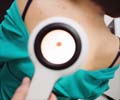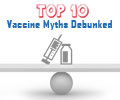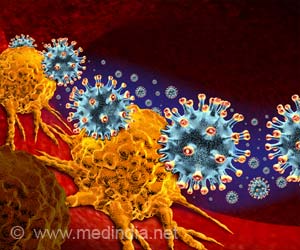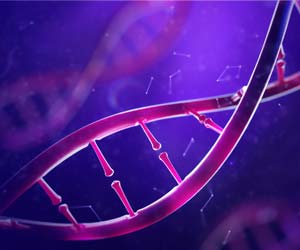Trained mouse immune systems to eradicate skin cancer from within, with a genetic combination of human DNA from melanoma cells and a relative of the rabies virus formulated by researchers.
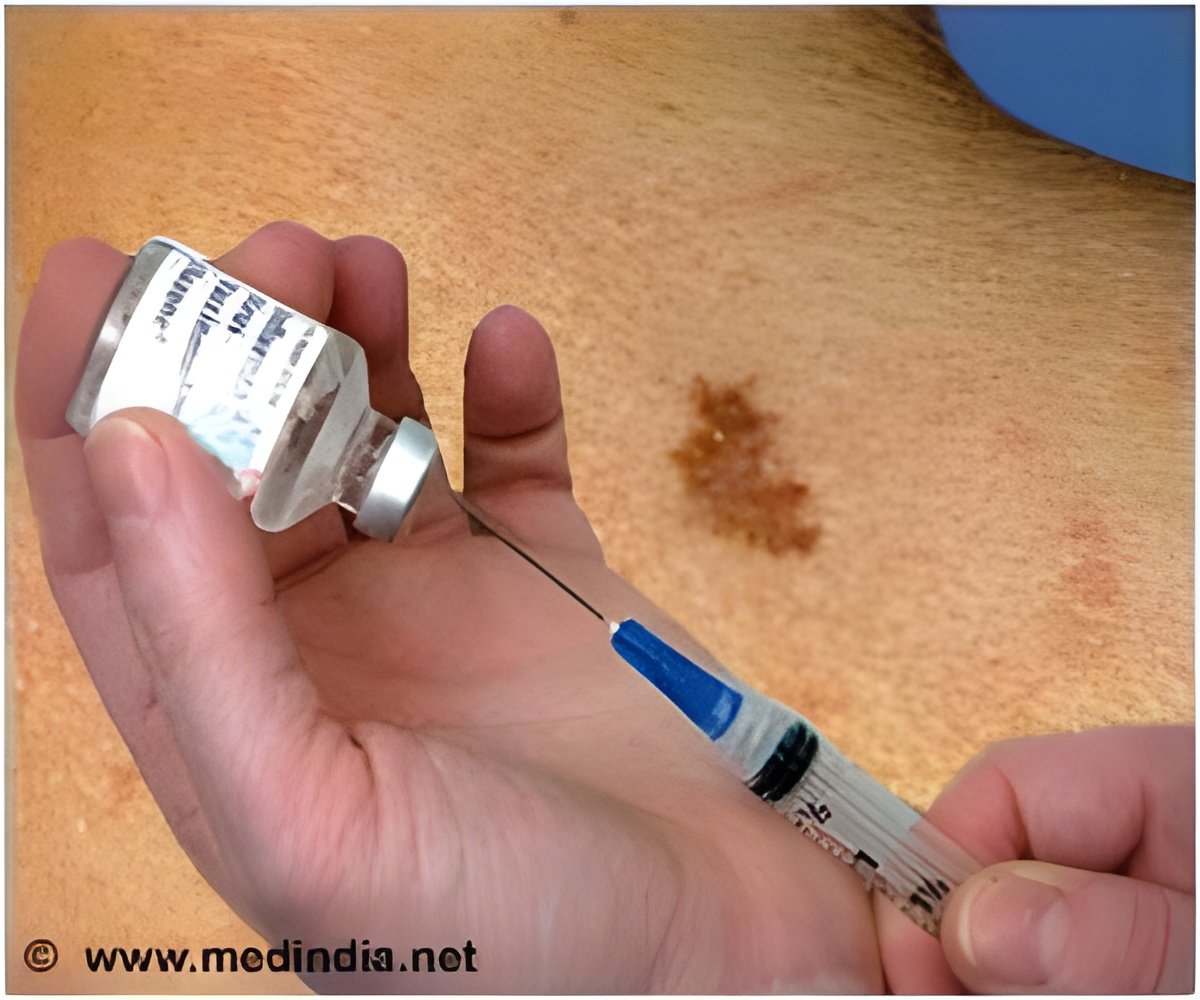
Dr. Vile's success with melanoma adds to Mayo Clinic's growing portfolio of experimental cancer vaccines, which includes an active clinical trial of vesicular stomatitis vaccines for liver cancers. Future studies could include similar vaccines for more aggressive cancers, such as lung, brain and pancreatic.
"I do believe we can create vaccines that will knock them off one by one," Dr. Vile says. "By vaccinating against multiple proteins at once, we hope that we will be able to treat both the primary tumor and also protect against recurrence."
The immune system functions on a seek-and-destroy platform and has fine-tuned its capacity to identify viral invaders such as vesicular stomatitis virus. Part of the appeal of building cancer vaccines from the whole spectrum of tumor DNA is that tumors can adapt to the repeated attacks of a healthy immune system and display fewer antigens (or signposts) that the immune system can identify.
Cancers can learn to hide from a normal immune system, but appear unable to escape an immune system trained by the vesicular stomatitis virus with the wide range of DNA used in the library approach.
"Nobody knows how many antigens the immune system can really see on tumor cells," says Dr. Vile. "By expressing all of these proteins in highly immunogenic viruses, we increased their visibility to the immune system. The immune system now thinks it is being invaded by the viruses, which are expressing cancer-related antigens that should be eliminated."
Advertisement
The study was a Mayo collaboration with professors Alan Melcher and Peter Selby at the Leeds Institute of Molecular Medicine, University of Leeds, U.K. They were also co-authors.
Advertisement



